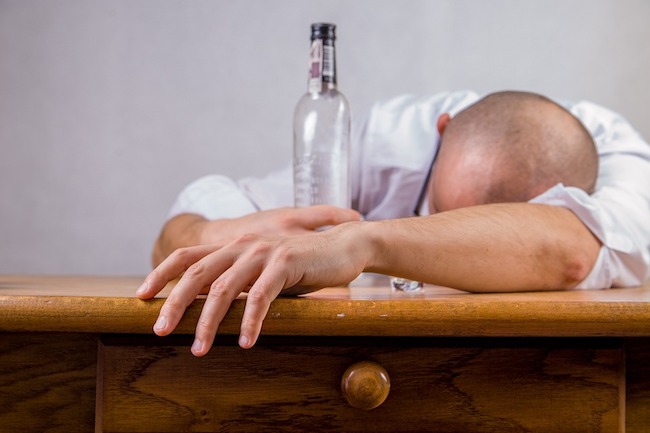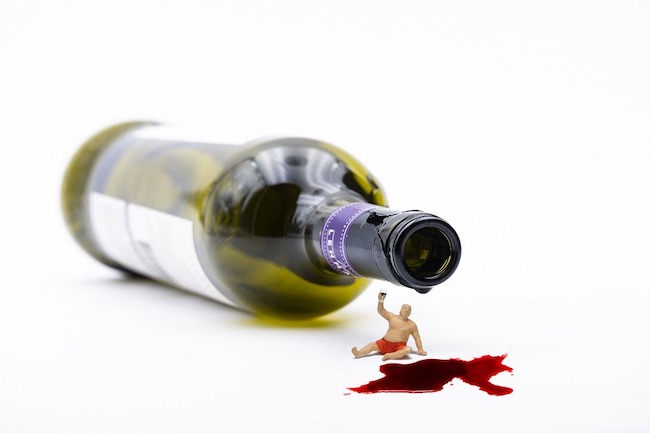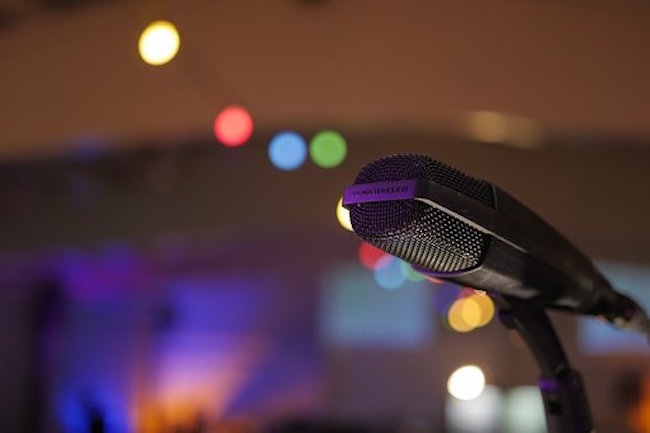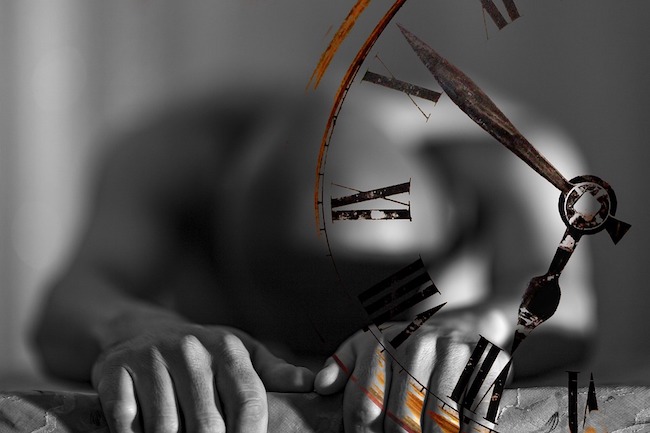We Don’t Have To Live… An UnHappy Life by Bob K for AA Beyond Belief
Click Here for Part I
Click Here for Part II
Click Here for Part III
Click Here for Part IV
Ebby’s father and his brothers were heavy drinkers. Eventually, he gleaned an explanation of why his family members’ drinking contrasted with his own from Richard Peabody’s book, The Common Sense of Drinking.
One particular section really stuck with me. It was an explanation of the difference between a “hard drinker” and an “alcoholic.” Even though both people might drink the same amount on a given night, the “hard drinker” would awaken the next morning to just another day and immediately focus on his responsibilities for the days ahead. The “alcoholic” awoke to thoughts of the night before and how he could get the next drink to bring the party back. — Fitzpatrick, p. 18
Support Our Site

Now is your chance to support Gospel News Network.
We love helping others and believe that’s one of the reasons we are chosen as Ambassadors of the Kingdom, to serve God’s children. We look to the Greatest Commandment as our Powering force.
The best years of Ebby’s adult life were most likely the ones spent with Searcy W. at his Texas clinic. In rough shape when he arrived, the 58 year-old was experiencing auditory hallucinations. “At one point he even thought opera music was coming from the air conditioner.” (Ebby, p. 111) It took a long time for him to get well, but his longest period of sobriety came in the 1950s. Ranch life agreed with Ebby.
At the Fort Worth state conference, Ebby met Ralph and Mary Lee. The Texas AA pioneer invited Ebby to come and stay at their ranch, the visit lasting the full summer of 1954. Ralph and Mary Lee’s daughter, Jan, “accepted the AA belief that alcoholics can never return to controlled drinking. She clearly recalls, even to this day, that Ebby did not accept that for himself. She says he really believed he could become a controlled drinker . . . Ebby had another bout with drinking in late 1954, his last for about seven years.” (Ebby, pp. 117-119)
In 1957, Ebby started dating Chloe K., “a nurse at Searcy’s clinic when Ebby met her. Searcy had been forced to fire her, he said, because of her pill habit . . . Ebby thought Chloe was the great love of his life . . . Tom B., his employer, thought that this kind of helping (caring for Chloe when she became ill) may even have been good for Ebby, and helped him to stay sober . . . ‘Ebby was always a taker, never a giver.’ But helping Chloe, Tom thought, was the first time in his life he tried to help somebody. ‘He became a giver.’” (Ebby, pp. 127-128)
Bill Wilson would have disagreed, but barring that one exception, the assessment seems accurate enough. Some of Ebby’s friends were convinced that Ebby’s “great love” was not reciprocated, that his girlfriend was using him. Ebby’s own health was deteriorating—he suffered from “a lung condition.” When Chloe died in September of 1961, Ebby got drunk the next day. “Tom also felt that Ebby had a pill problem.” (Ebby, p. 131)
Ebby’s final years were spent in a pleasant, small alcoholism treatment center—McPike’s Farm, near Saratoga Springs, New York. He arrived on May 30, 1964, and died at a nearby hospital on March 21, 1966. The McPikes cared for him, but “rightly saw him as a troubled man.” (Ebby, p.135) The scourge of emphysema saw Ebby’s weight drop from 170 to 122 pounds.
For whatever reason, it is important to pass on the “good news” that Ebby died sober. That is true, but the untold part of the tale is that he was not attending AA. He may have simply become too sick to desire liquor.
The man who wanted so badly to be seen as a “founder” of AA, did too little AA work, and too much drinking for that dream to have been realized. Nevertheless, Ebby’s carrying of the Oxford Group’s message to Bill Wilson is the second of AA’s “four founding moments.” Ernie Kurtz assessment of those is hard to debate.




